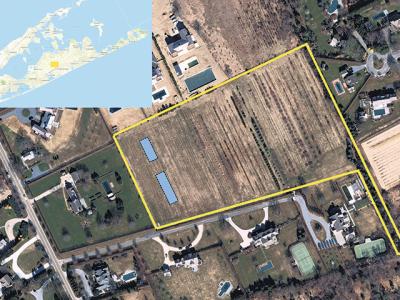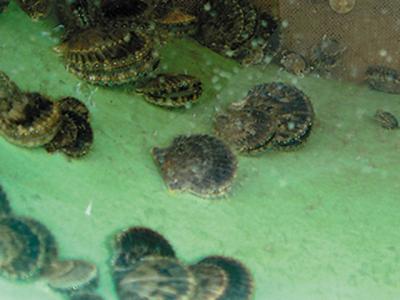Montauk Post Office Works to Improve Delivery Problems
Montauk Post Office Works to Improve Delivery Problems

The Montauk Post Office has taken a step intended to help solve its long-running mail and parcel delivery problems, with more changes planned in the near future.
Construction of a ramp on the west side of the building at 73 South Euclid Avenue was completed this month to facilitate loading and unloading of parcels onto post office vehicles. The change is meant to help post office staffers transport the parcels to offsite locations for sorting, and hopefully speed up delivery times to patrons.
In the past, parcels have sometimes languished on the loading dock at the building — especially during the summer high season — because there wasn't enough room to store the packages inside as they awaited processing or delivery. Patrons often get alerts that their mail has arrived, only to find when they visit the post office that the clerks can't locate the parcels or say when they will be available.
The post office has also ordered new parcel lockers that will be installed in the lobby to allow patrons to bypass the counter and pickup their packages directly from the lockers.
While the lockers and ramp could address some of the complaints, residents have also reported days when mail isn't delivered at all to their homes or it arrives very late in the evening. Some residents also reported packages being left by their roadside mailboxes, where they are susceptible to damage, or discovering their mail is routinely delivered to the wrong location. Staffing changes have left the branch with carriers who are not familiar with the area.
Representative Lee Zeldin, who made a formal inquiry into the branch's long-running problems after some fed up Montauk residents contacted his office in December asking him to press for improvements, released a statement saying the ramp construction is a positive step.
“The U.S.P.S. provides a critical service to Long Islanders, especially those in less accessible communities, such as Montauk, and it is critical that local residents receive the postal services they need,” Mr. Zeldin said.
Mr. Zeldin also said he is now supporting three pieces of legislation intended to improve the quality of the post office's service nationwide. One of the bills would ensure the continuation of deliveries six days a week, and another would mandate door delivery for all residents and businesses.




